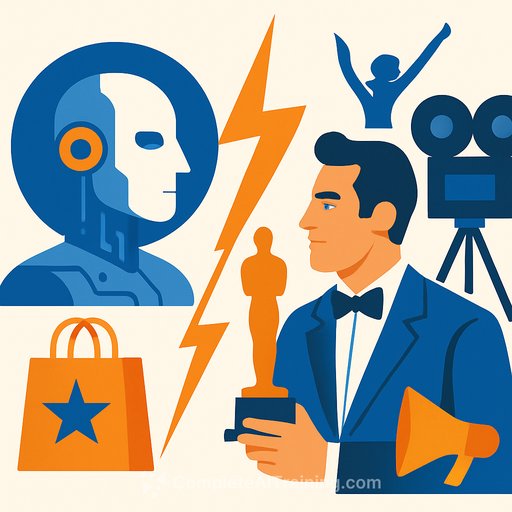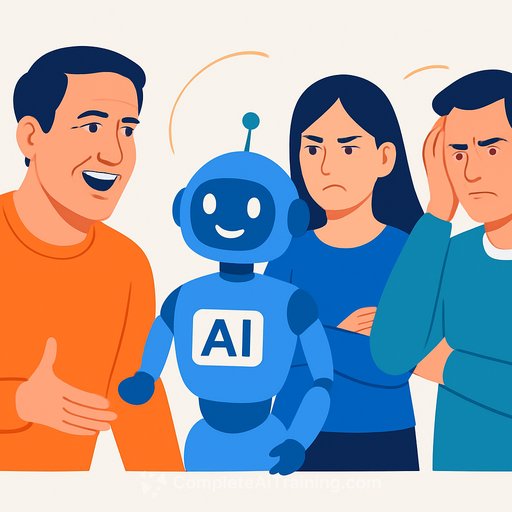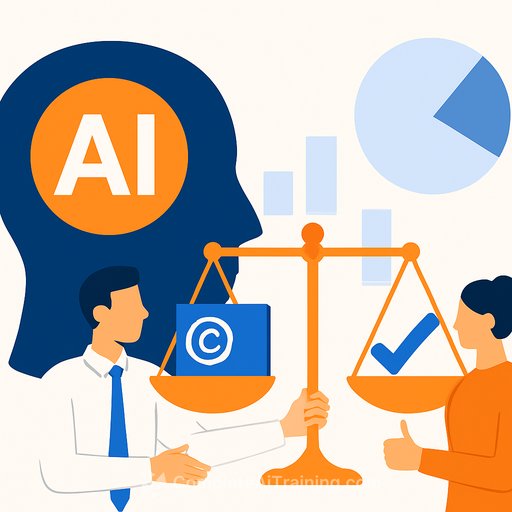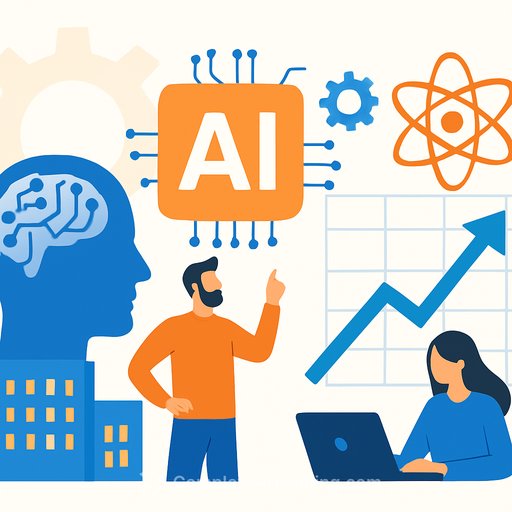AI-Generated Actors And The Future Of Creative Talent
AI performers are no longer a thought experiment. They're being pitched to studios, tested by platforms, and watched by brands that fund the work. That pressure will change how acting, writing, and directing get made - and paid.
SAG-AFTRA has already flagged the core issue with a synthetic performer named Tilly Norwood: an AI doesn't draw from lived experience, and it can remix stolen performances without consent. That risk hits both artistry and income. It also puts trust on the line with audiences and advertisers.
What changes for creatives
Studios see obvious savings. But early AI-led characters and story engines can feel repetitive, uncanny, or flat. If viewers pull back, sponsors will follow - or demand stricter guarantees before attaching their brands.
This creates a split reality for professionals: more demand for high-volume content, and more scrutiny on how it's made. Expect experiments, disclaimers, and a lot of A/B testing on audience response.
Practical moves to protect your work (and stay in demand)
- Lock your likeness and voice: add clear AI clauses to contracts (consent, limits, term, pay for reuse, kill rights).
- Negotiate synthetic residuals: if a digital double or cloned voice is used, get usage-based compensation.
- Prove originality: keep drafts, recordings, capture metadata, and timestamped files for disputes.
- Disclose clearly: if AI characters or tools are used, credit them. Transparent credits build trust with audiences and brands.
- Raise the bar on QA: stress-test AI scripts and performances with small audiences before wider release.
- Use provenance tools: explore C2PA-style watermarking and signed media to track what's synthetic.
- Stay human-led: center direction, performance, and editorial judgment on people. Use AI for iteration, not replacement.
Brand and audience risk
Advertisers want predictability. If AI-led shows drift into manipulative tropes or weird vibes, expect pullbacks or tighter brand-safety clauses. Some platforms may add on-screen notices for synthetic performances to preempt backlash.
For creative teams, that means testing tone, empathy, and emotional payoffs - not just plot. Human nuance is still the moat.
Ethics and legal currents to watch
Rights of publicity, copyright, and consumer protection will drive the next wave of lawsuits. Unconsented training data and simulated performances are flashpoints. Unions, guilds, and platforms will keep updating guidance and enforcement.
Start with public frameworks and union positions on synthetic media and AI use:
People behind the tech
Tilly Norwood was created by Eline Van der Velden, founder of Particle 6 Production Studio, who stated the character is not meant to replace a human. The industry's response has been swift and critical. Expect more announcements like this - and faster pushback.
How to stay valuable this year
- Build a "hybrid" reel: scenes that mix human performance with tasteful AI assist - and show your process.
- Develop a specialty: voice, movement, directing actors, story structure, or editorial taste. Specificity wins.
- Create a rights-ready workflow: consent tracking, model cards for tools used, and clear approvals.
- Pilot fast, publish responsibly: release shorts, collect feedback, refine tone, and document your standards.
This isn't a binary fight between humans and machines. It's a test of taste, consent, and trust. The creatives who set guardrails - and ship work that actually connects - will lead.
Want structured ways to upskill without losing the craft? Explore curated resources for creative roles here: AI courses by job.
Your membership also unlocks:






